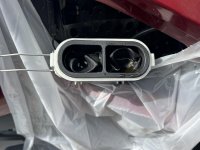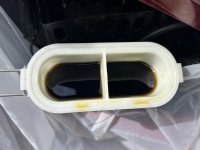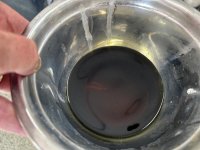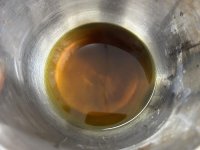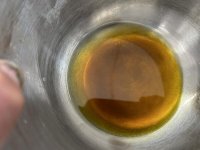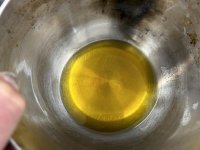Doing a 2-year brake fluid flush and when I took the cover off, there was some fluid above the seal. I didn't expect to find fluid here, which seems to indicate the reservoir was not sealed tight. The fluid in the reservoir was quite dark, which indicates it was exposed to the air. I used a light and I can't see any holes in the seal. Anyone seen this??
Thx
Jim
Ps: I asked the lead tech at my dealer about a brake fluid flush at 2 years as per the manual and he said: "Literally never unless there is some other reason to take the system apart. As you likely know, you really don't use the brakes much, so that fluid doesn't really go bad."
Yeah right!!
Thx
Jim
Ps: I asked the lead tech at my dealer about a brake fluid flush at 2 years as per the manual and he said: "Literally never unless there is some other reason to take the system apart. As you likely know, you really don't use the brakes much, so that fluid doesn't really go bad."
Yeah right!!
Attachments
Last edited by a moderator:

